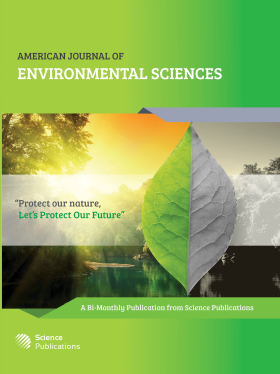Lab Tests for the Remediation of a PCE Polluted Site by Means of HRC Reactant
Abstract
The injection of reactants is a remediation technology that may be applied both in the vadose zone and in groundwater. In this work a new reagent is examined for the remediation of the vadose zone and groundwater of an industrial site polluted by perchloroethylene (PCE). The tested reactant is the HRC (Hydrogen Release Compound, Regenesis, USA), a reducing agent which enhances the biological and chemical dechlorination of PCE. Some laboratory column and batch tests were performed on soil coming from the polluted site applying different fluid dynamic conditions, with the aim to evaluate the efficiency of the hypothesized remediation technology on the aquifer and the vadose zone and the eventual degradation products deriving from PCE or HRC. The performed tests confirmed HRC efficiency in PCE remediation. The modelling of the injected reactant both in the aquifer and in the vadose zone was performed.
DOI: https://doi.org/10.3844/ajessp.2007.151.157

- 5,165 Views
- 4,651 Downloads
- 3 Citations
Download
Keywords
- Groundwater remediation
- vadose zone remediation
- HRC
- perchloroethylene
- PCE
- soil flushing
